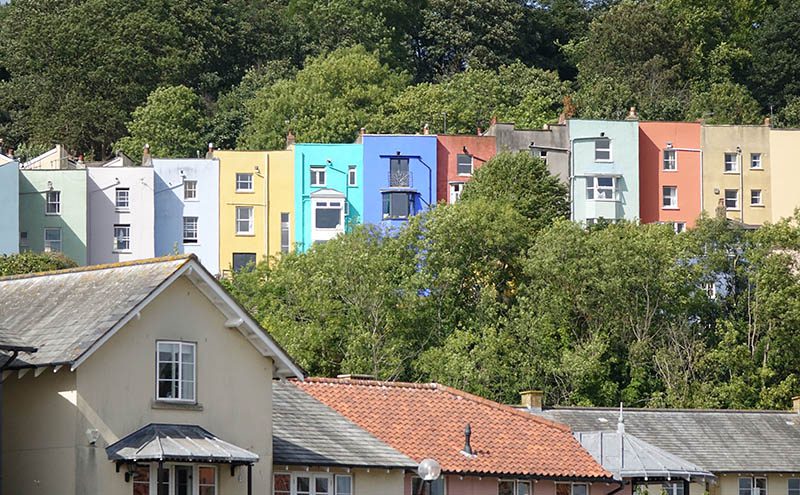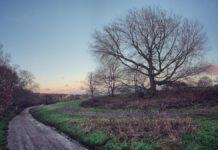
The location and size of urban trees plays an important role in providing health and wellbeing benefits, according to a new study by Exeter University. Using National Tree Map data, created by aerial mapping company Bluesky, the study assessed the role of 600,000 individual trees in providing nature experiences. Those trees that are experienced by more people, more frequently, have the potential to provide greater health and wellbeing benefits.
With urbanisation emerging as one of the most important human health issues of the 21st century, the study concluded the contribution of individual trees was highly skewed. Using Bluesky’s National Tree Map data the research analysed and evaluated how trees are experienced, giving valuable intelligence to inform urban design and policy to maximise the health benefits from urban nature.
“Cities are becoming epicentres for chronic and non-communicable physical and mental health issues,” commented Dr Daniel T.C. Cox, Research Fellow at the University of Exeter and co-author of the study. “Nature has the potential to mitigate these issues with demonstrable links between exposure to nature and health and wellbeing.”
“However, the contribution of each tree varies significantly with 75 percent of experiences provided by just 25 percent of trees,” continued Dr Cox. “Surprisingly trees located in private gardens are more important than those on public land and trees in more deprived areas contribute more than those in wealthier neighbourhoods.”
Bluesky’s National Tree Map is a nationwide database detailing the location, height and canopy cover of over 300 million trees. The tree data used in this study was analysed alongside a detailed 3D height model and a vector map of the outline of buildings and structures.
Using software for statistical computing, the study identified line-of-sight between buildings and trees, calculating the number of buildings with a view of each tree. The analysis also considered the impact of height of the tree, obstructions and the effects of topography. Building data, together with population and income statistics, was used to determine land ownership, social deprivation and population density.
Within the study area there were 612,920 individual trees; equivalent to 1.12 trees per person and a density of 87 people within 100 metres of each tree. The study concluded that it’s the location of a tree that is the most important determinant providing nature experiences and that garden trees have the potential to influence many more households in a neighbourhood. This means that how people manage trees in their garden not only influences their benefits, but those of their neighbours who also experience the tree.
The study can be downloaded here.






